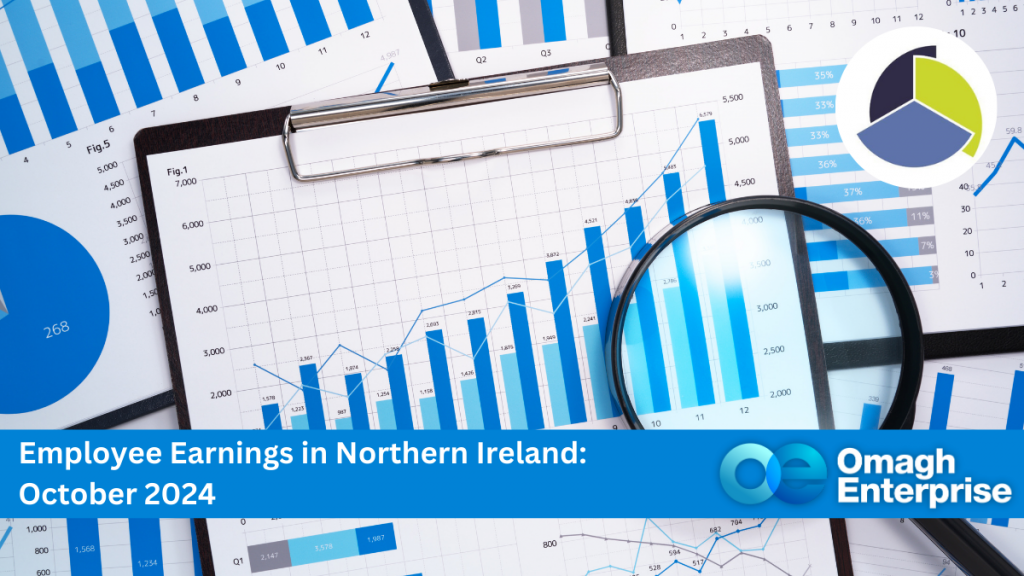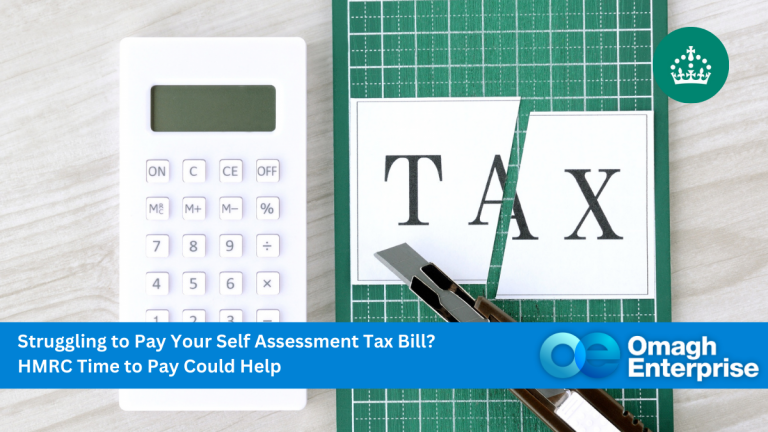Employee Earnings in Northern Ireland, from the Annual Survey of Hours and Earnings 2024, was published today by the Northern Ireland Statistics & Research Agency.
The report provides provisional estimates for 2024 and final revised estimates for 2023.
Weekly earnings increased over the year
- Median gross weekly earnings for full-time employees in April 2024 increased by 4.3% from £639 in 2023 to £666 in 2024. This is higher than the average annual change over the last twenty years.
- UK weekly earnings increased by 6.0% to £728 in April 2024, the second largest annual increase on record, following the largest increase of 7.0% in 2023.
- NI had the joint lowest increase in earnings across the 12 UK regions over the year and now ranks third lowest of the regions, with weekly earnings more than £60 below the UK average in 2024.
- In real terms (that is, adjusted for inflation) weekly earnings in NI increased by 1.2% over the year to April 2024, following two years of real terms decreases. Real weekly earnings in the UK saw a larger increase over the year (2.9%) than NI.
Private sector pay grows faster than public sector pay
- Increases in weekly earnings were recorded for both the public and the private sectors (0.1% and 6.7% respectively) over the year. The larger growth in the private sector has led to the smallest percentage difference in 20 years between the two sectors in NI (approximately 15%), as well as between NI and UK earnings in the private sector (11%) over the same period.
- Over the year to 2024, real earnings in the public sector fell by 2.8%, which was in contrast to an increase of 3.5% in the private sector. Over the longer term, real earnings in the public sector are now 8.2% below 2004 levels, compared to a growth of 13% in real earnings in the private sector since 2004.
- It should be noted that public sector pay awards were made following the ASHE reference date and are therefore not included in the 2024 results.
Proportion of low-paid jobs in NI is the lowest on record
- Under 5% of all jobs in NI were ‘low-paid’ (based on OECD measure of low pay) in 2024. This is the lowest proportion in NI in 20 years but is the highest proportion of the 12 UK regions.
- The proportion of jobs paid below the National Living Wage (NLW) and National Minimum Wage (NMW) was 1.5% in 2024. This is similar to last year (1.3%) and pre-COVID levels (1.1% in 2019) and is well below the 2020 and 2021 rates (11% and 5.8%), where 90% of those below these rates were on furlough.
Gender pay gap in favour of males in NI
- The gender pay gap for all employees (regardless of working pattern) in NI is in favour of males. Median hourly earnings (excluding overtime) for females (£14.50) was 7.3% below those for males (£15.64). This is similar to the 2022 and 2023 gender pay gaps (both 7.5%) and is lower than rates prior to 2020. The gender pay gap in NI is smaller than the gap recorded in the UK (13% in 2024).
Annual earnings in NI are lower than in the UK
- Median annual earnings for full-time employees in NI were £34,400 in 2024, £3,000 lower than the UK median of £37,400. The highest 10% of earners in NI earned at least £60,000.
Commentary
- Median gross weekly earnings for full-time employees in NI increased by 4.3% over the year. This was higher than the average annual change in weekly earnings recorded in NI over the last twenty years. When considered in terms of the other UK regions however, NI earnings had the joint lowest annual increase and had the third lowest earnings of all the 12 regions in 2024. Earnings were 25% higher in NI than they were pre-pandemic in 2019, similar to the UK, which was 24% higher than 2019.
- Real weekly earnings in NI increased by 1.2% in 2024 following a decrease of 0.7% in 2023 and 3.7% in 2022, which was the largest decrease on record. Real earnings are now 1.4% higher than the pre-COVID position in 2019 and 4.9% higher than they were 20 years ago.
- Real earnings in the public sector fell by 2.8% over the year, compared with an increase of 3.5% in the private sector. Following three consecutive years of decreases in public sector real earnings, they are now 11% below 2021 real earnings and, looking over the longer term, 8.2% below levels from two decades ago. In contrast, real earnings in the private sector have increased for the last four years and are now 13% above 2004 levels. It should be noted that public sector pay awards were made following the ASHE reference date and are therefore not included in the 2024 results.
- The proportion of low-paid jobs in NI fell for the fourth consecutive year to a record low (4.7%). This proportion has generally been falling since the introduction of the National Living Wage in 2016, however this year saw a substantial drop (7.8pps). Despite these improvements, NI had the joint highest proportion of low-paid jobs of all regions in the UK in 2024.
- When considering all employees regardless of working pattern, the gender pay gap in NI was 7.3% in favour of males in 2024. This means that, for every £1 earned by men, women earned 93p. For the first time in 15 years, the gender pay gap for full-time employees was also in favour of males (0.8%), but the part-time gender pay gap remained in favour of female employees (-2.7%).




